You Might Also Like

Health Link / Health Guides
This service connects people to community services to support their physical and mental health needs based on the social determinants of health.
Please see below for more information, including the referral form.
To speak to a Health Guide call 519-653-1470 ext 354.
Health Guides ensure that people:
- have individualized, coordinated care plans based on their personal goals.
- have a connection to appropriate services for the individuals' needs.
- have a Health Guide they can contact who knows them, is familiar with their situation, and can help.
Referrals are sent by primary care, health, social service organizations, or self-referral
Health Guides assist clients who:
- Have complex chronic conditions.
- Are not managing well, even with frequent doctor visits or repeated calls for assistance.
- Are visiting the emergency department or being hospitalized frequently.
- Cannot get to regular office appointments, for whatever reason.
- Are not getting the care and support they need.
Please click here for the Health Link / Health Guide Referral Form
Cambridge North Dumfries Connectivity Table
Cambridge North Dumfries Connectivity is a multi-sectoral intervention table, commonly referred to as a “Situation Table.” Our table was formed in 2014 as one of the early tables in Ontario- but the overall number of tables in our province has grown to 30+ tables. All the tables work collaboratively through a Community of Practice, and we also work closely with the Ministry of Community Safety and Correctional Services, as well as the Office of the Information and Privacy Commissioner of Ontario to further guide the practice of the CND Connectivity table.
The CND Connectivity Table has evolved over the years and currently has over 20 agencies with representatives from regional, health, mental health, and social organizations in the area. CND Connectivity members engage in a highly disciplined discussion process that results in the identification of situations that place individuals at high risk of imminent harm. Here, agencies collaboratively plan and rapidly mobilize a response that quickly and efficiently connects those at risk with the services and supports they need.
What is a Situation Table?
Purpose
Collaborate with diverse front-line service providers and collaboratively mobilize appropriate short-term community services to develop interventions that address situations of Acutely Elevated Risk (AER). The three primary areas of focus for CND Connectivity include:
- To provide timely, collaborative, responses to situations of AER;
- To gather de-identified data related to situations of AER;
- To encourage collaboration, strengthen relationships, and build trust and respect between community service agencies.
Objective
- Increased community safety and well-being by responding to situations of AER before a crisis occurs;
- Efficiently and effectively develop collaborative, multi-disciplinary interventions;
- Share valuable information and informed input that has the potential to enhance Connectivity discussion and enhance community planning (i.e., opportunities, barriers, recommendations, etc).
What does acutely elevated risk (AER) mean?
Acutely elevated risk refers to a situation affecting an individual, family, group or place where circumstances indicate a high probability of imminent risk and/or significant harm to self or others (e.g. offending or being victimized, lapsing on a treatment plan, experiencing an acute physical or mental health crisis, situations which may be detrimental to the well-being of children/youth). The acute nature of these situations is an indicator that circumstances, cutting across multiple human service disciplines, have accumulated to the point where a crisis is imminent or new circumstances have contributed to severely increased threats of harm to self or others.
Four-Filter Approach
The Ministry of the Solicitor General has contributed significantly to guidelines for managing privacy protection at Ontario Situation Tables. Situation Tables, including CND Connectivity Table, have adopted the “Four- Filter” approach which was developed by the Ministry of Community Safety and Correctional Services along with the office of Ontario’s Information and Privacy Commissioner. These filters establish the presence of acutely elevated risk, identify relevant risk factors, identify the agencies required to mitigate the risk, and guide a coordinated response.
To understand the four-filter model used, Wilfred Laurier University (WLU) has developed modules that provide an overview of the Situation Table model, along with modules, videos, manuals and resources for further guidance for all members.
Connectivity meets Tuesday mornings to review situations of elevated risk and provide a quick and collaborative response to individuals and families in our community.
Adapted from Akwesasne Cornwall Stormont Dundas Glengarry Situation Table and Thunder Bay CMHA Situation Table



